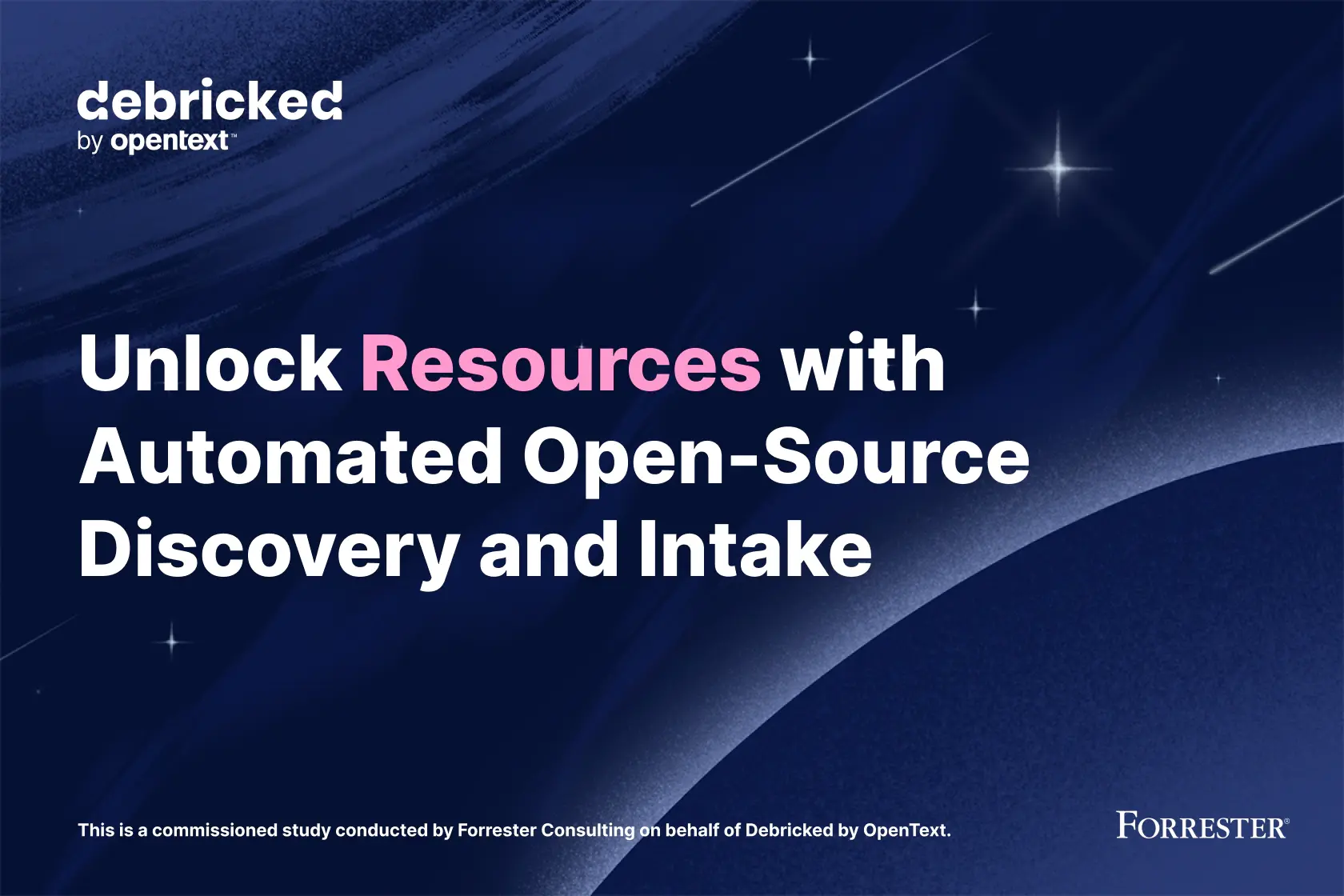
Gilles Gravier: “Find the reasons for why doing open source makes sense for you, and when you find them: go full speed”

When talking about the benefits of open source, the conversation tends to get stuck on aspects such as efficiency; both regarding costs and time, giving a limited view of what open source can really mean to a business.
Meet Gilles Gravier
Gilles Gravier, Director and senior strategy advisor in Wipro Limiteds’ Open Source Program Office, would like to take the conversation beyond monetary savings and further into other, often overlooked, advantages.

director and senior strategy advisor at Wipro
Tell us a bit about yourself and what you do!
My name is Gilles Gravier, I’m an open source enthusiast working as a senior strategy advisor in Wipro Limited’s Open Source Program Office. I am also one of the initiators of the Open Source Center of Excellence in Oman; a project that aims to increase open source adoption and acceleration in the region.
I’ve actually never worked as a developer, but I’ve been coding since way back. When it comes to open source specifically, I’ve probably been doing it for over 25 years!
As of today, I’m still doing it in a way, but more as an advisor and strategist.
Do you remember your first encounter with open source?
Like I said, I’ve used open source since the beginning of time, haha. I remember doing my very first contribution in 1993 when I needed something in my work environment at the time. It was very much done in the spirit of open source; I was missing a feature – so I added it and contributed the code!
What about your job, what do you do and how did you get there?
Throughout my career I was always an open source evangelist, preaching it wherever I went. One day, my now current manager called me up saying he was building a team of open source specialists at Wipro and asked if I wanted to join. The rest is, as they say, history.
The whole idea of my role at Wipro is helping our customers create and enhance an open source strategy so that it supports their relevant business objectives. Most of them are larger organisations, banks or medtech companies for example. But, I am also regularly involved in hackathons where I advise startups on how to work with open source.
Do startups really need an open source strategy?
Most startups already use open source, but most of the time there’s no real strategy behind it. They often like the idea of OSS, but haven’t really thought it through.
It might seem meticulous, but actually formulating it and putting it into words is more important than it seems. Especially when it comes to VC’s and funding.
So, what are the main benefits of strategizing your open source usage?
Oftentimes when talking about the benefits of using open source, people tend to get stuck talking about it being free (which, by the way, is not always true), saving time or such. This is often true, but there are lots of other benefits that tend to be forgotten.
In general, there are a few benefits with actually having formulated an open source strategy that I like to highlight:
User centric innovation: Open source products are developed by the users, which means that they only contribute things that make sense to them. If they fix a problem it’s because they find a bug, it’s needed. This makes it so that the innovation is always driven by the contributors, and the software stays more close to the users. You also get a lot of diversity from communities which is a huge pro.
Zero day productivity: This is a term coined by one of our customers. If something is open source, chances are that people have worked on it before. By looking for potential hires within a community you make sure that you’ll find people who are already familiar with what you are building. This means that your hires basically can be productive from day 1 (actually before).
Developer centricity: This one is very simple: you do open source – you become attractive to developers. If you wanna attract talent and keep your developers happy, doing open source is simply a must.
So, for a smaller company that wants to start working more strategically with open source, where do they start?
You can always start small! For example, let your employees tweet about a bugfix they did or about a contribution. Even the tiny things matter.
Another thing is defining your actual open source strategy and governance as well as making sure it doesn’t increase the risk of your organization. This includes keeping track of your security and compliance, that is the absolute baseline.
Now, let’s look ahead. The world of open source, what will it look like in 5 years?
Well, I usually don’t like to predict since I’m really bad at it. Back in 1994 someone showed me a prototype of Java, the language, for the first time in a browser. My reaction was “who needs animations on a webpage”? This was an example of a pretty bad prediction, hehe.
But if I had to say something, I’d say that while today 96% of organizations use open source, whether they know it or not… In 5 years I’m sure that that number will be 100% instead.
Also, I believe that more and more companies and organizations will start actively contributing to open source, and reaping the benefits that these activities bring.


